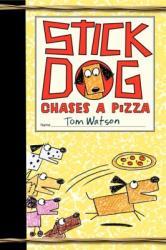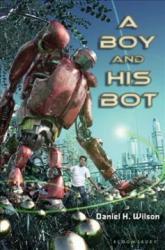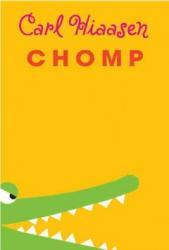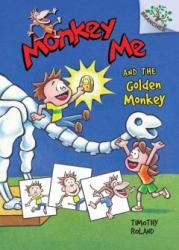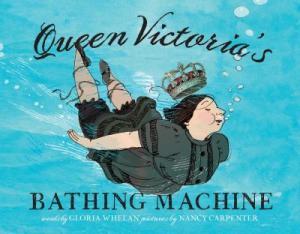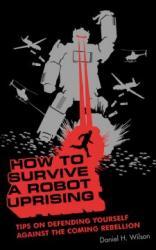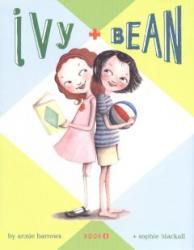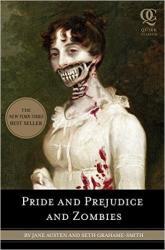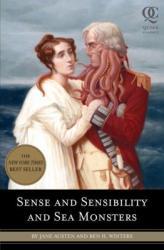Daniel H. Wilson knows how to write about robots. From How to Survive a Robot Uprising to Robopocalypse, he has taken the same material and re-packaged it in different forms. The tongue-in-cheek “guide” of How to Survive a Robot Uprising was more entertaining than the journal-entry styled Robopocalypse, but mostly because of its humor. In A Boy and His Bot, Wilson takes his knowledge of robots and wraps it in a children’s fantasy book. Somehow, this method worked better than the two books I’ve already mentioned, leaving me entertained and educated, but with a sincerity of story that was heartwarming.
Taking cues from works like The Wizard of Oz, The Chronicles of Narnia, and Alice in Wonderland, A Boy and His Bot immerses the reader in a world entirely comprised of robots. Via the stranger-in-a-strange-land approach, this book explores the many characteristics and traits that make robots different from humans. Often, these quirky characters have a lesson about robotics embedded within them. For example, through the “atomic slaughterbot,” we learn a bit about 3-D printing. There are also lessons about “linked” robots, biomechanical augmentation, and programming, even if they might not be apparent to the target audience.
While the fantasy aspect of this book was well done, I had to roll my eyes at the naming conventions of many of the characters and settings. I honestly don’t know any parents, no matter how nerdy they are, who would name their boy “Code.” Similarly, Mekhos (pronounced “Mech-ohs”) is an apt description of the world, but locations like the “Beam Stalk” are obviously pulling from more medieval fantasy tales. Despite all this, A Boy and His Bot is a fun story that will leave you entertained and could spark the interest of a young child to pursue robotics as a career choice.
A surreptitiously educational fantasy set in a world of robots, I give A Boy and His Bot 4.0 stars out of 5.

